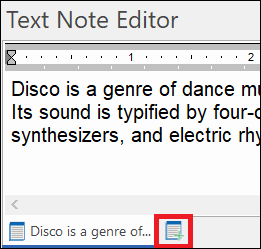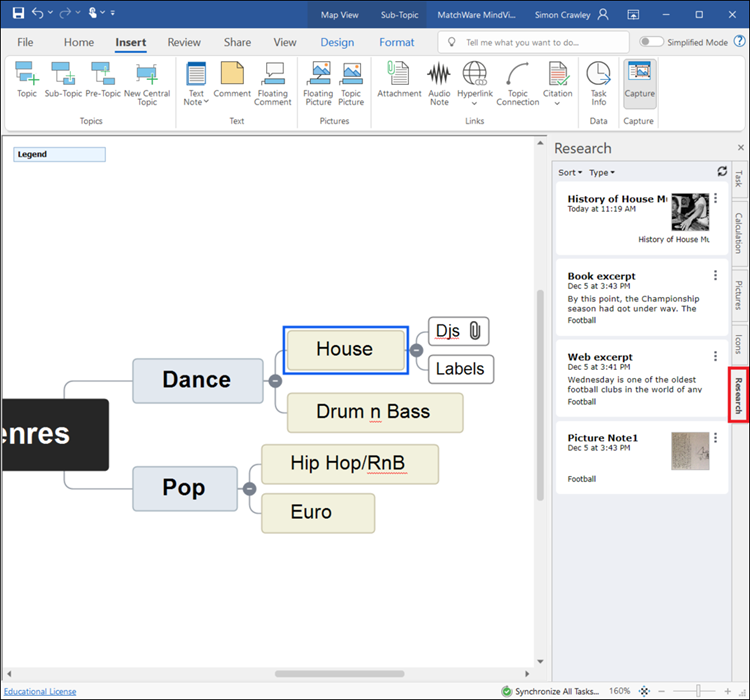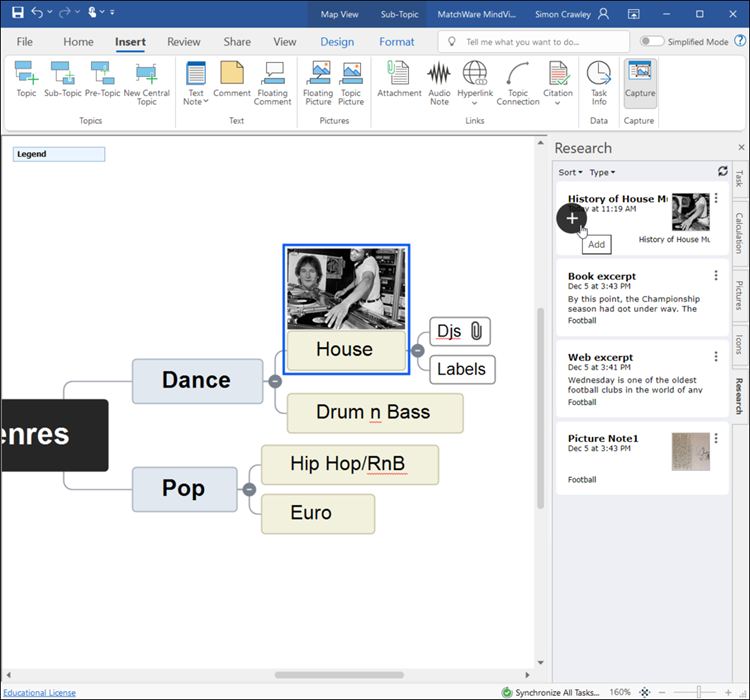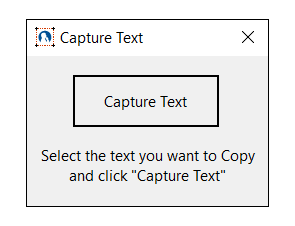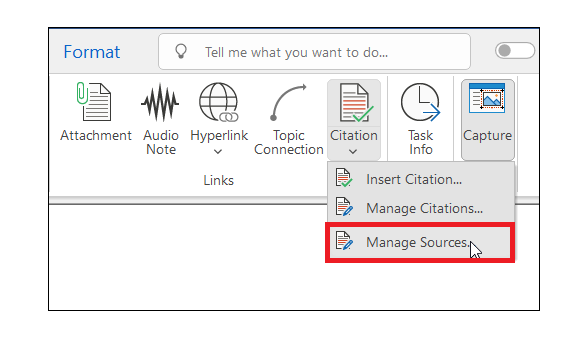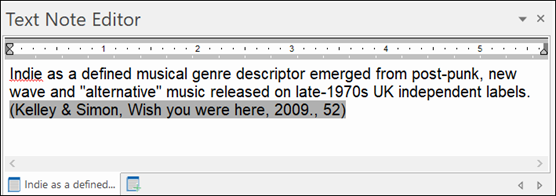Making Notes and Links in Your Mind Maps




Firstly, in your web browser, find the web page that you want to capture the information from.
Now select the Insert ribbon and press Capture. Mindview will now minimise itself and you will then be switched to the web page you have previously loaded.
A small menu will appear on screen, which will ask you to choose to capture a Picture, Text or Audio.

Using Picture, you can capture images to send to your mind map. There is also an OCR function so you can screenshot an image containing inaccessible text, such as those found in journal articles, and then convert this to accessible text.
Using Text, you can capture a selection of text and send this to your mind map. It will also include a citation to support your referencing.
Using Audio, you can record a voice note that can be added to your mind map.



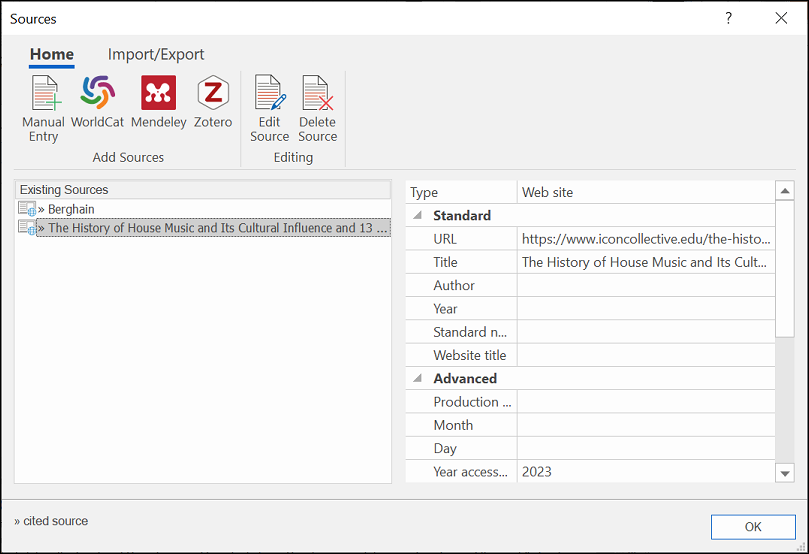

When you have installed and loaded MindView Assist, you can toggle between the Tasks and Research screens, using the buttons at the top of the screen. Click Research, then press the Plus (+) button to add a new research note.
You can also organise your research into folders, which you can create or move between as needed. Press the folder button to see all your folders, including an "unassigned" option for research not yet sorted.
You can move a piece of research by selecting it and then choosing an existing folder, or by creating a new one.
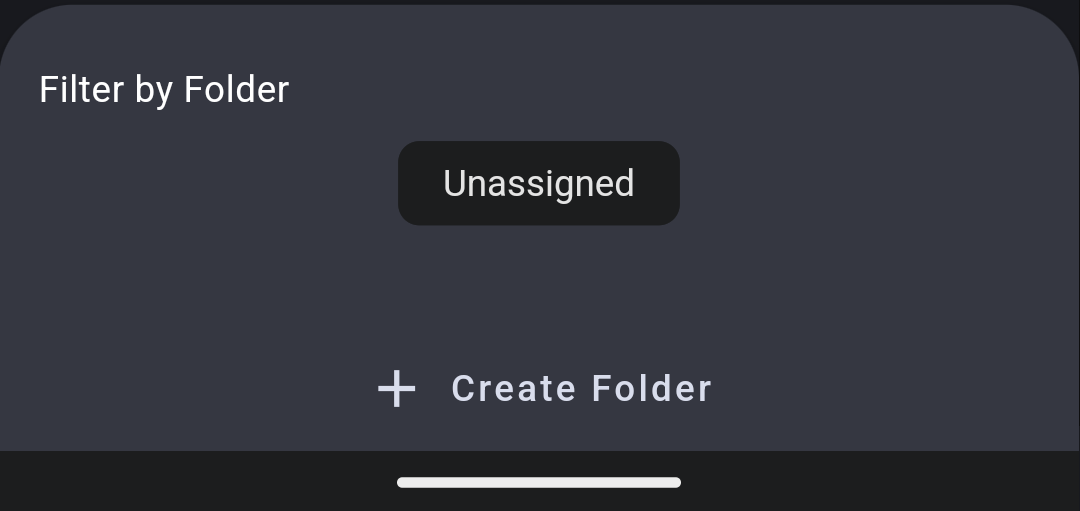




To add an image from your camera (for example, to capture text from a book) press the Plus button and then press the Picture button. The app will now open your camera.
Once you have taken your picture, you will then have the option to save the image with a name and source information to a folder.
To extract text from the image (so it can be accessed in the text note editor in MindView) press the OCR button. You can now save the text as a separate research note.






